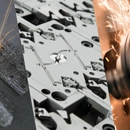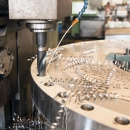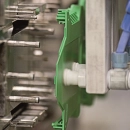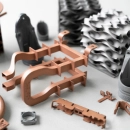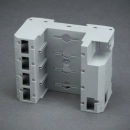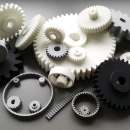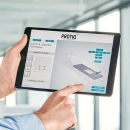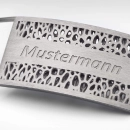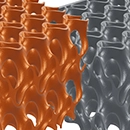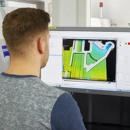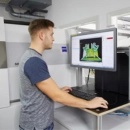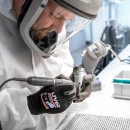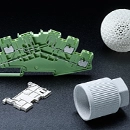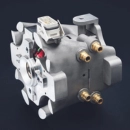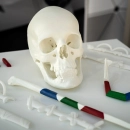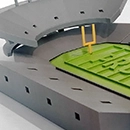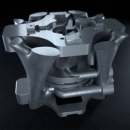Industrial 3D printing
Industrial 3D printing, also known as professional-scale additive manufacturing, is an advanced production technology that is used to produce complex and high-quality components in various industries. This technology goes beyond simple prototyping and plays a central role in large-scale manufacturing of end products. As the needs and requirements of a wide range of industries become increasingly sophisticated, industrial 3D printing enables the production of parts that often overwhelm traditional production technologies.
A key advantage of industrial 3D printing is the ability to create highly complex geometric shapes that are difficult or impossible to realize using traditional methods. This includes lattice structures, hollow geometries and integrated functional elements that can reduce weight and increase performance. The freedom of design opens up new opportunities for engineers and designers to create innovative products that excel in both form and function.
In addition, industrial 3D printing enables the use of a wide range of materials specifically developed for demanding applications, such as high-performance plastics or metal alloys. These materials are optimized for strength, temperature resistance, chemical stability and other critical properties so that they can be used reliably even in extreme conditions.
Industrial 3D printing plays a transformative role in production by massively increasing flexibility and efficiency. Production processes can be accelerated, stock levels can be minimized and adjustments can be made easily without long changeover times. This is particularly valuable in industries such as the automotive industry, aerospace and medical technology, where fast innovation cycles are required.
Overall, industrial 3D printing allows companies to develop customized solutions while strengthening the link between design and production, facilitating the introduction of revolutionary product concepts to the market.



 Deutsch
Deutsch English
English Italiano
Italiano